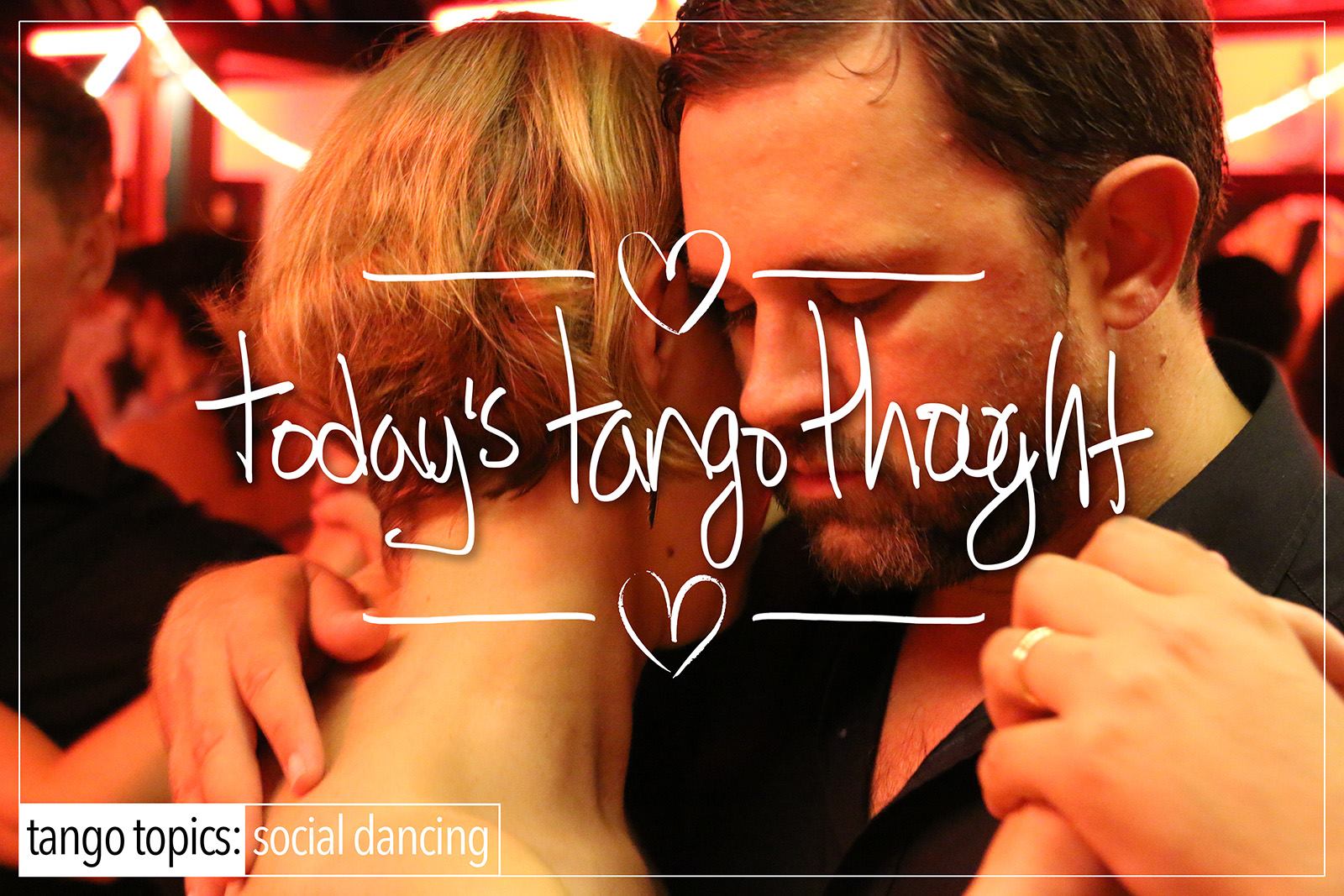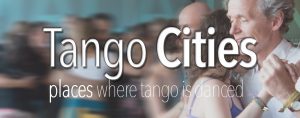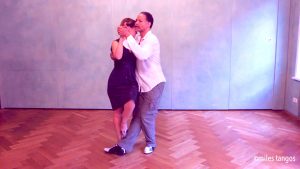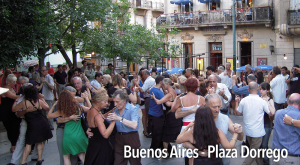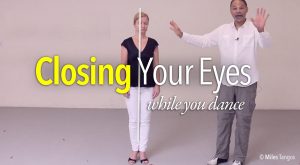Tango really is the-blind-leading-(&-following)-the-blind.
How ?
The obvious…Beginner and Intermediate Classes, and even Advanced ones!
Extending a bit further…the issues of hanging, pulling, pushing, tension, resistance, compression, and force, combined with posture, walking, stability and equilibrium, turning, crossing, and a lack of coming anywhere near something that closely resembles a beat (pauses and phrases) are common to 90% of you reading this.
So the question is why is it The-Blind-Leading-And-Following-The-Blind ? It’s impossible to learn desirable technique, & dancing habits from less than desirable dancers. The issue on the table is that you don’t know and they don’t know that it’s not desirable, you only know what’s comfortable for you, and most of that time that comfort is not desirable visually, and from a movement perspective. It’s generally a physiological contortion.

